Feb 4
/
Warren Lucas
The role of the Parasympathetic Nervous System Regulation in Athletic Recovery
How important is the Parasympathetic Nervous System, anyway?

The parasympathetic nervous system (PNS) is responsible for the body's relaxation and digestion response. It's part of the autonomic nervous system, which also includes the sympathetic nervous system.
What does the PNS do?
How can you activate the PNS?
What are some functions of the PNS?
In the context of recovery for athletes and physically active individuals, the parasympathetic nervous system is crucial. It facilitates regeneration, regulation, recovery, and recuperation. This system is tasked with the body's 'rest-and-digest' functions, serving as a counterbalance to the sympathetic 'fight-or-flight' response that is predominant during strenuous physical exertion (1).
Physical exertion triggers a robust activation of the sympathetic nervous system, resulting in elevated cardiac output, blood pressure, and breathing rate to accommodate the body's increased needs. Following exercise, however, the parasympathetic nervous system must regain dominance to aid in restoring balance and replenishing depleted energy reserves (1).
Successful recovery is largely dependent on regulating the parasympathetic nervous system, which promotes relaxation of the cardiovascular system, lowers heart rate, and modifies blood flow distribution to support digestive functions and cellular repair (2).
Disruptions in the balance of the autonomic nervous system, characterised by overactive sympathetic responses and inadequate parasympathetic activity, may result in extended recovery periods, heightened susceptibility to injuries, and potential long-term health complications.
Understanding the importance of controlling the parasympathetic nervous system for effective recovery is essential for both coaches and athletes. Trainers can employ various methods to promote parasympathetic activation, including the integration of post-exercise cool-down activities, controlled breathing exercises, and stress-reduction techniques into their training programmes (3). Conversely, sportspeople can develop the ability to observe their heart rate variability and other autonomic balance indicators. This enables them to assess their recovery state and make appropriate adjustments to their training regimens and daily habits. The body of research on this subject is substantial and continues to expand. Investigations have demonstrated that the cardiac autonomic responses during physical exertion and subsequent recovery are marked by a transition from primarily parasympathetic regulation at rest to predominantly sympathetic control during vigorous exercise.
This is then followed by a progressive reversion to parasympathetic dominance as the body recovers (4). Inadequate control of the parasympathetic nervous system can result in various adverse effects for sportspeople, such as a heightened likelihood of excessive training, compromised immune response, and an increased susceptibility to heart-related conditions (2,5,6).
To sum up, effectively managing the parasympathetic nervous system plays a vital role in an athlete's recovery process. Through a comprehensive understanding and proper attention to parasympathetic system requirements, sports professionals and competitors can maximise recovery efficiency, minimise the likelihood of injuries and health issues, and improve overall sporting prowess (2,5).
What does the PNS do?
- Decreases heart rate and respiration
- Increases digestion
- Undoes the effects of the sympathetic nervous system after a stressful situation
- Controls actions that don't require an immediate reaction
How can you activate the PNS?
- Practice deep breathing: Deep breathing from the diaphragm can help you disengage from the fight-or-flight response
- Spend time in nature: Being in nature can help you feel calm and centred Practice meditation: Meditation can help you decompress and find your body's way of meditating
- Practice yoga, chi kung, or tai chi: These practices can help you activate your PNS
- Get a massage: A massage can help you activate your PNS
- Take short breaks: Taking short breaks during the day can help you rebalance your nervous system
What are some functions of the PNS?
- sexual arousal,
- salivation,
- lacrimation,
- urination,
- digestion,
- defecation.
In the context of recovery for athletes and physically active individuals, the parasympathetic nervous system is crucial. It facilitates regeneration, regulation, recovery, and recuperation. This system is tasked with the body's 'rest-and-digest' functions, serving as a counterbalance to the sympathetic 'fight-or-flight' response that is predominant during strenuous physical exertion (1).
Physical exertion triggers a robust activation of the sympathetic nervous system, resulting in elevated cardiac output, blood pressure, and breathing rate to accommodate the body's increased needs. Following exercise, however, the parasympathetic nervous system must regain dominance to aid in restoring balance and replenishing depleted energy reserves (1).
Successful recovery is largely dependent on regulating the parasympathetic nervous system, which promotes relaxation of the cardiovascular system, lowers heart rate, and modifies blood flow distribution to support digestive functions and cellular repair (2).
Disruptions in the balance of the autonomic nervous system, characterised by overactive sympathetic responses and inadequate parasympathetic activity, may result in extended recovery periods, heightened susceptibility to injuries, and potential long-term health complications.
Understanding the importance of controlling the parasympathetic nervous system for effective recovery is essential for both coaches and athletes. Trainers can employ various methods to promote parasympathetic activation, including the integration of post-exercise cool-down activities, controlled breathing exercises, and stress-reduction techniques into their training programmes (3). Conversely, sportspeople can develop the ability to observe their heart rate variability and other autonomic balance indicators. This enables them to assess their recovery state and make appropriate adjustments to their training regimens and daily habits. The body of research on this subject is substantial and continues to expand. Investigations have demonstrated that the cardiac autonomic responses during physical exertion and subsequent recovery are marked by a transition from primarily parasympathetic regulation at rest to predominantly sympathetic control during vigorous exercise.
This is then followed by a progressive reversion to parasympathetic dominance as the body recovers (4). Inadequate control of the parasympathetic nervous system can result in various adverse effects for sportspeople, such as a heightened likelihood of excessive training, compromised immune response, and an increased susceptibility to heart-related conditions (2,5,6).
To sum up, effectively managing the parasympathetic nervous system plays a vital role in an athlete's recovery process. Through a comprehensive understanding and proper attention to parasympathetic system requirements, sports professionals and competitors can maximise recovery efficiency, minimise the likelihood of injuries and health issues, and improve overall sporting prowess (2,5).
Empty space, drag to resize
References:
1. Dupuy, O., Douzi, W., Theurot, D., Bosquet, L., & Dugué, B. (2018). An Evidence-Based Approach for Choosing Post-exercise Recovery Techniques to Reduce Markers of Muscle Damage, Soreness, Fatigue, and Inflammation: A Systematic Review With Meta-Analysis [Review of An Evidence-Based Approach for Choosing Post-exercise Recovery Techniques to Reduce Markers of Muscle Damage, Soreness, Fatigue, and Inflammation: A Systematic Review With Meta-Analysis]. Frontiers in Physiology, 9. Frontiers Media. https://doi.org/10.3389/fphys.2018.00403
1. Dupuy, O., Douzi, W., Theurot, D., Bosquet, L., & Dugué, B. (2018). An Evidence-Based Approach for Choosing Post-exercise Recovery Techniques to Reduce Markers of Muscle Damage, Soreness, Fatigue, and Inflammation: A Systematic Review With Meta-Analysis [Review of An Evidence-Based Approach for Choosing Post-exercise Recovery Techniques to Reduce Markers of Muscle Damage, Soreness, Fatigue, and Inflammation: A Systematic Review With Meta-Analysis]. Frontiers in Physiology, 9. Frontiers Media. https://doi.org/10.3389/fphys.2018.00403
2. Khemani, P., & Mehdirad, A. (2019). Cardiovascular Disorders Mediated by Autonomic Nervous System Dysfunction [Review of Cardiovascular Disorders Mediated by Autonomic Nervous System Dysfunction]. Cardiology in Review, 28(2), 65. Lippincott Williams & Wilkins. https://doi.org/10.1097/crd.0000000000000280
3. Michael, S., Graham, K. S., & Davis, G. M. (2017). Cardiac Autonomic Responses during Exercise and Post-exercise Recovery Using Heart Rate Variability and Systolic Time Intervals—A Review [Review of Cardiac Autonomic Responses during Exercise and Post-exercise Recovery Using Heart Rate Variability and Systolic Time Intervals—A Review]. Frontiers in Physiology, 8. Frontiers Media. https://doi.org/10.3389/fphys.2017.00301
4. Okutucu, S., Karakulak, U. N., Aytemir, K., & Oto, A. (2011). Heart rate recovery: a practical clinical indicator of abnormal cardiac autonomic function [Review of Heart rate recovery: a practical clinical indicator of abnormal cardiac autonomic function]. Expert Review of Cardiovascular Therapy, 9(11), 1417. Taylor & Francis. https://doi.org/10.1586/erc.11.149
5. Tanguy, G., Sagui, E., Fabien, Z., Martin‐Krumm, C., Canini, F., & Trousselard, M. (2018). Anxiety and Psycho-Physiological Stress Response to Competitive Sport Exercise. In Frontiers in Psychology (Vol. 9). Frontiers Media. https://doi.org/10.3389/fpsyg.2018.01469
6. Todorova, Y., Wellings, I., Thompson, H., Barutcu, A., James, L. J., Bishop, N. C., O’Donnell, E., Shaw, C., & Longman, D. P. (2023). Additional Health Benefits Observed following a Nature Walk Compared to a Green Urban Walk in Healthy Females. In Urban Science (Vol. 7, Issue 3, p. 85). Multidisciplinary Digital Publishing Institute. https://doi.org/10.3390/urbansci7030085
Learn more with SSISA Research Digest

Learn more with SSISA Online Short Courses
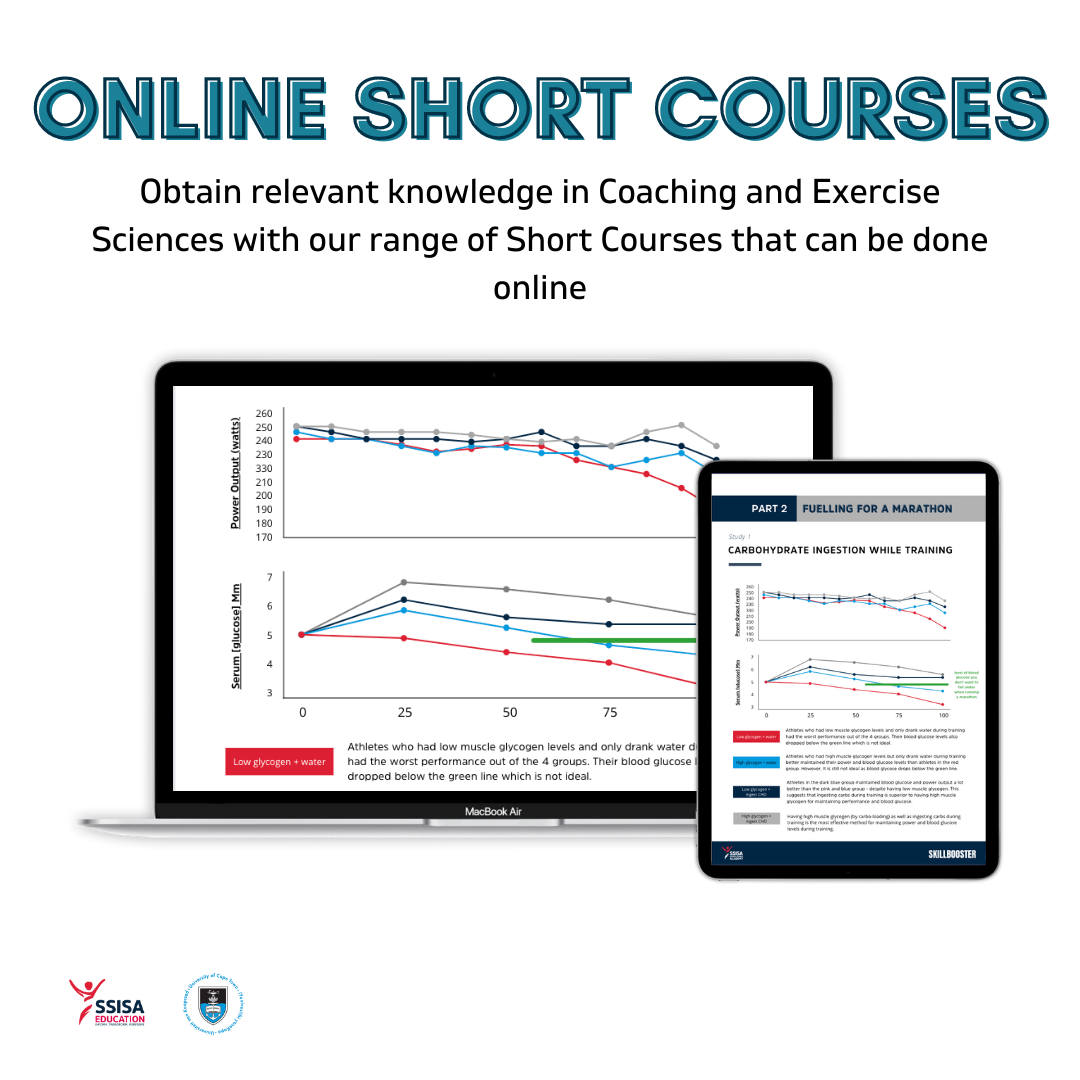
Learn more with SSISA Seminars
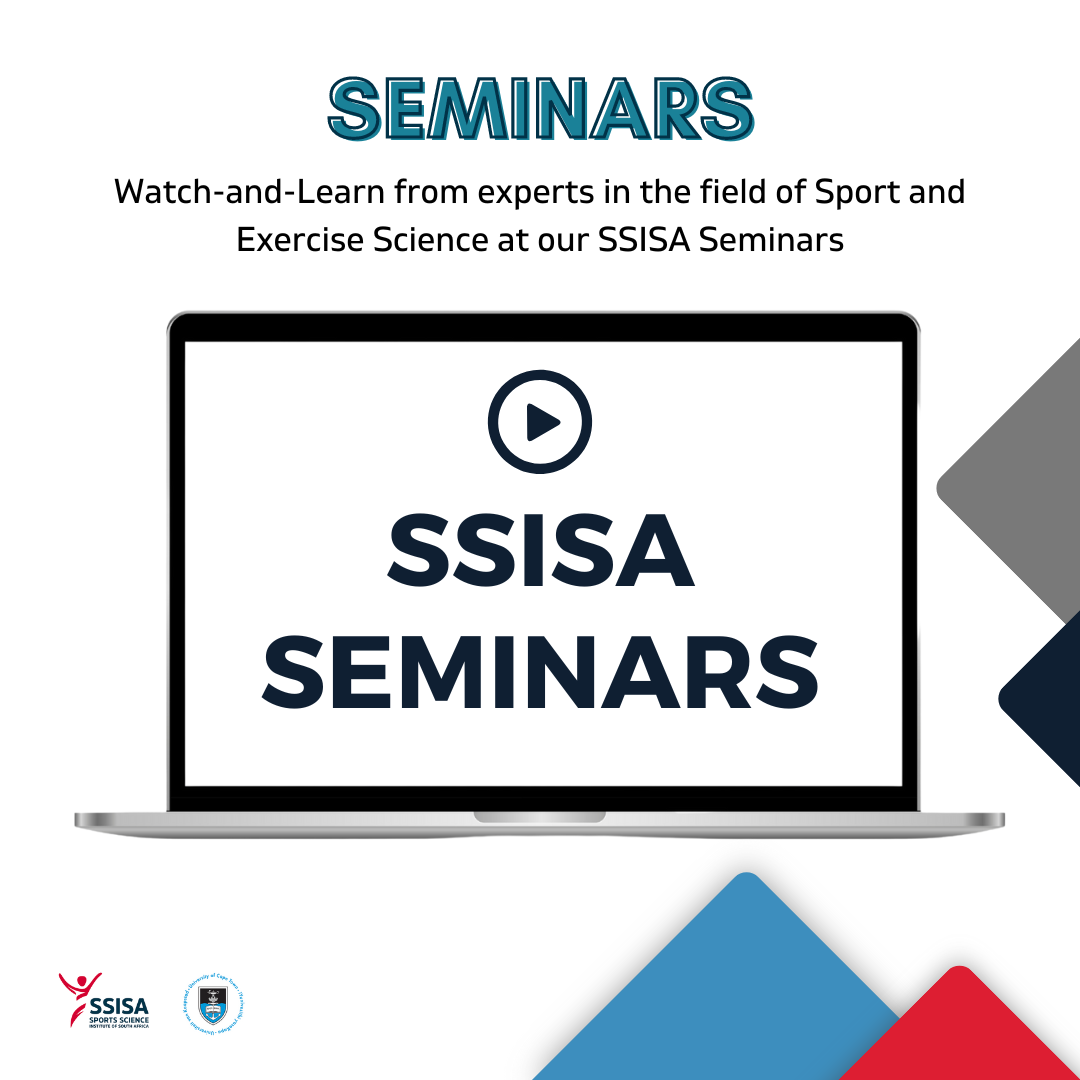
Learn more with SSISA Lectures & Masterclasses
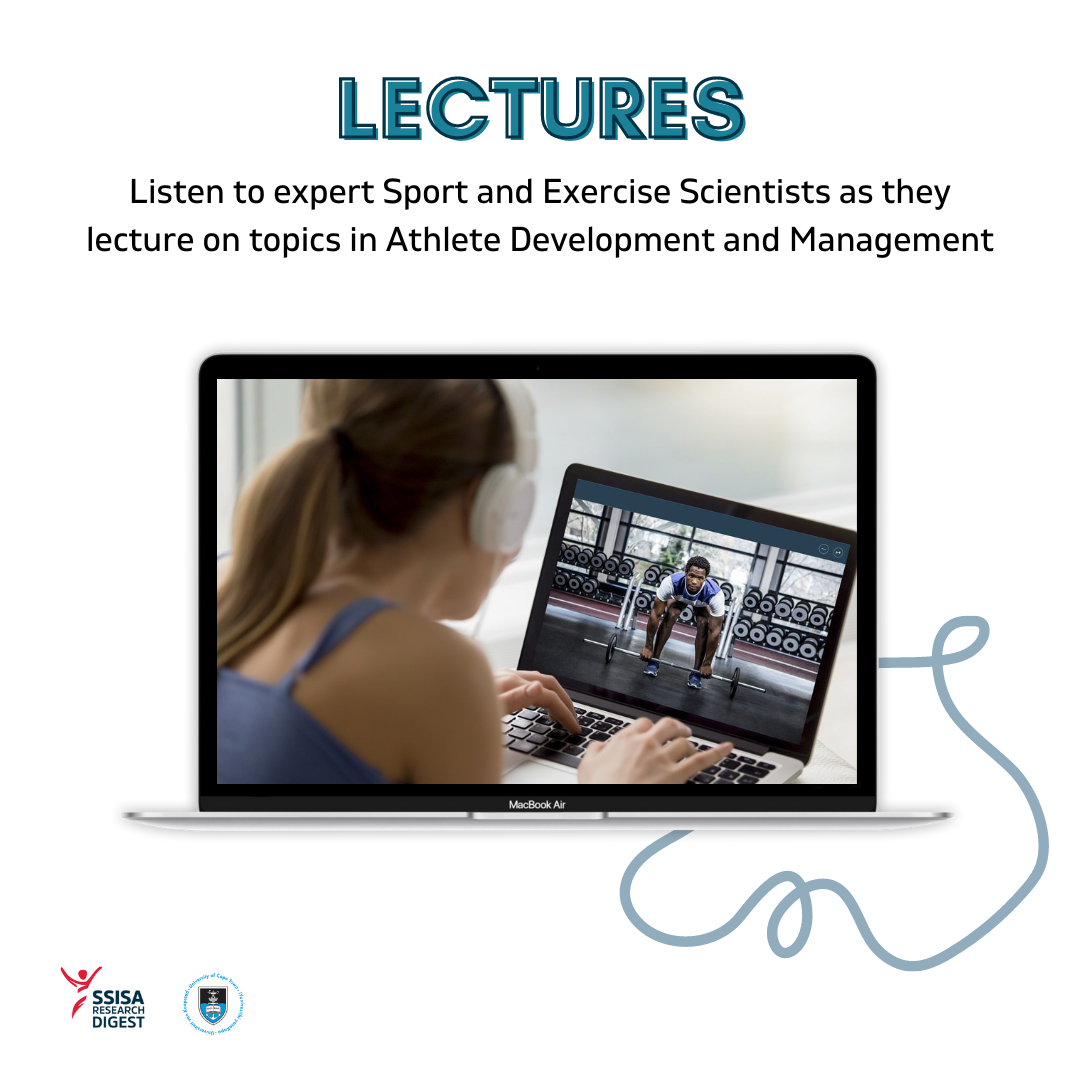
Learn more with SSISA Skillboosters
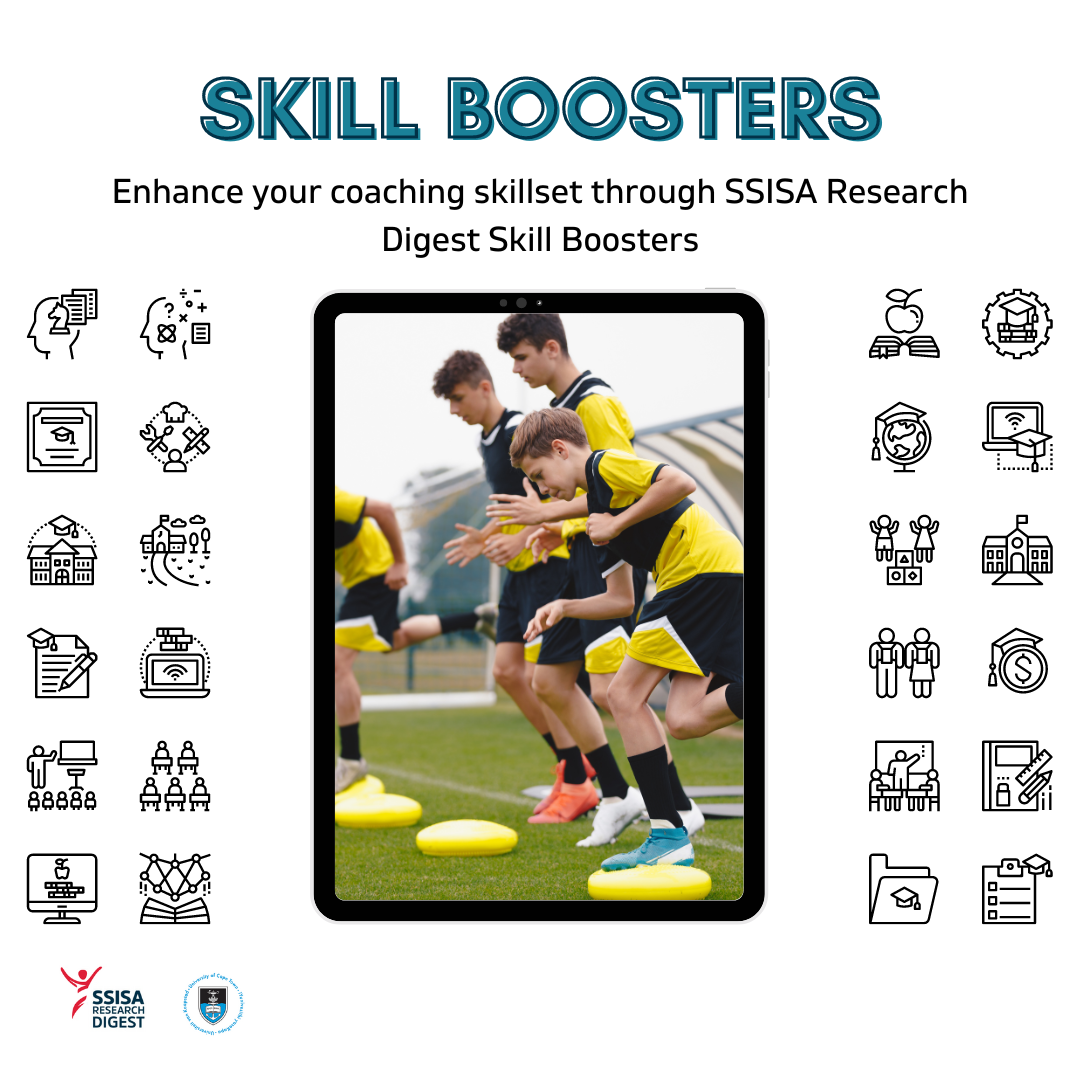
References
- Cornwall N, Swaithes L, Woodcock C, Healey EL, Hider SL. Implementation of physical activity interventions for people with inflammatory arthritis: an overview and future recommendations. Vol. 7, Rheumatology Advances in Practice. Oxford University Press; 2023.
- Birdee GS, Ayala SG, Wallston KA. Cross-sectional analysis of health-related quality of life and elements of yoga practice. BMC Complement Altern Med. 2017 Jan 31;17(1).
- Xu S, Baker JS, Ren F. The positive role of tai chi in responding to the covid-19 pandemic. Int J Environ Res Public Health. 2021 Jul 2;18(14).
- Strickland JC, Smith MA. The anxiolytic effects of resistance exercise. Vol. 5, Frontiers in Psychology. Frontiers Research Foundation; 2014.
- Xie Y, Wu Z, Sun L, Zhou L, Wang G, Xiao L, et al. The Effects and Mechanisms of Exercise on the Treatment of Depression. Vol. 12, Frontiers in Psychiatry. Frontiers Media S.A.; 2021.
- Herbert C, Meixner F, Wiebking C, Gilg V. Regular Physical Activity, Short-Term Exercise, Mental Health, and Well-Being Among University Students: The Results of an Online and a Laboratory Study. Front Psychol. 2020 May 26;11.
- Arsović N, Đurović R, Rakočević R. Influence of Physical and Sports Activity on Mental Health. Facta Universitatis, Series: Physical Education and Sport. 2020 Jan 16;559.
- Shaphe MA, Chahal A. Relation of Physical Activity with the Depression: A Short Review. J Lifestyle Med. 2020 Jan 31;10(1):1–6.
- Kondo M. Molecular Mechanisms of Exercise-induced Hippocampal Neurogenesis and Antidepressant Effects. JMA J. 2023 Apr 20;6(2):114–9.
- Archer T. Physical Exercise and its Impact on Psychology. Clin Exp Psychol. 2016;02(02).
- López-Torres Hidalgo J, Sotos JR, Salmerón LA, Gras CB, Rosa MC, Escobar Rabadán F, et al. Effectiveness of physical exercise in older adults with mild to moderate depression. Ann Fam Med. 2021 Jul 1;19(4):302–9.
- Brown DMY, Bray SR. Acute effects of continuous and high-intensity interval exercise on executive function. J Appl Biobehav Res. 2018 Sep 1;23(3). 13. Wheeler AJ, Roennfeldt H, Slattery M, Krinks R, Stewart V. Codesigned recommendations for increasing engagement in structured physical activity for people with serious mental health problems in Australia. Health Soc Care Community. 2018 Nov 1;26(6):860–70.
50% off
SSISA Research Digest
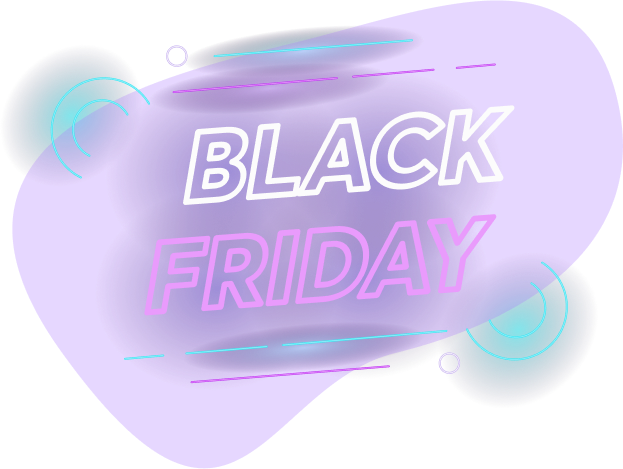
50% off
SSISA Research Digest


